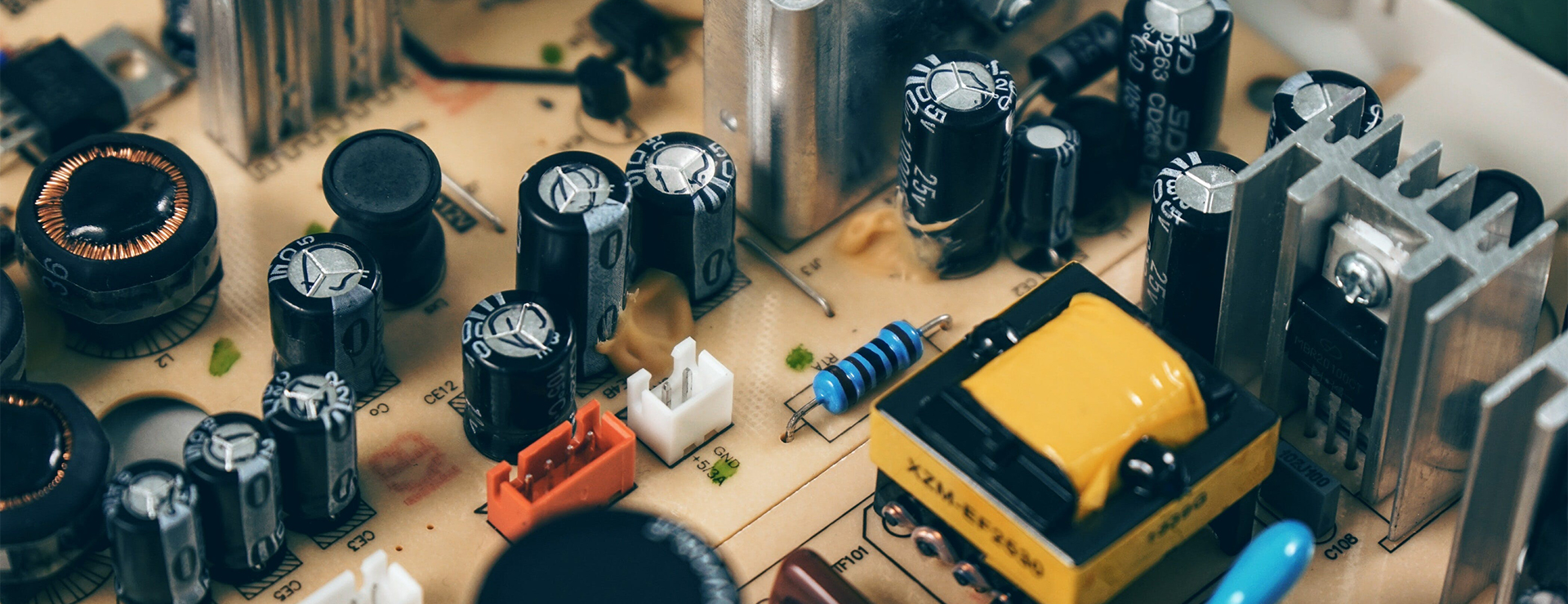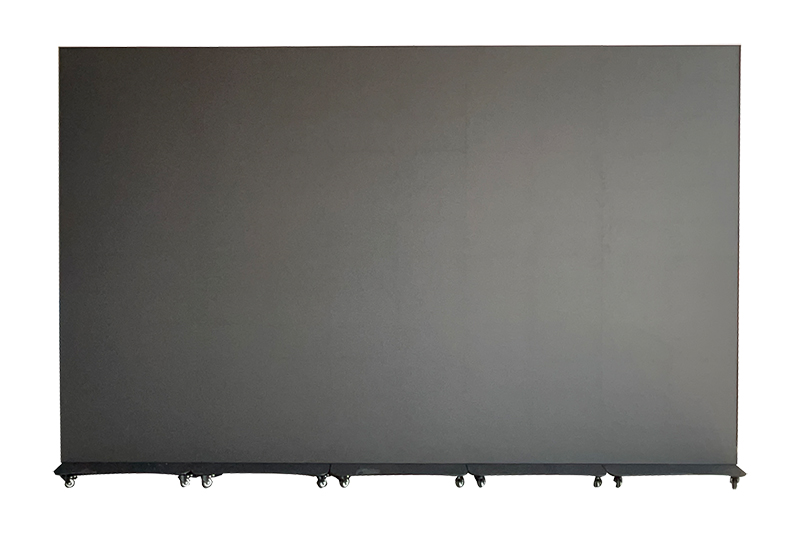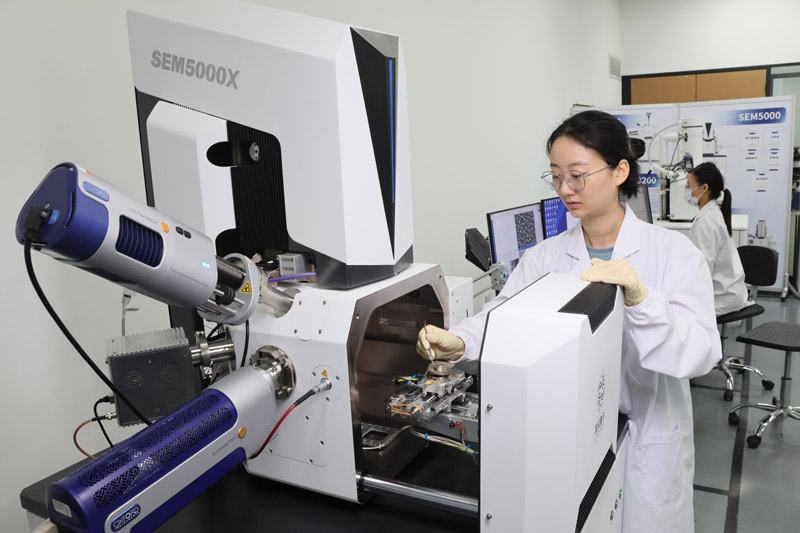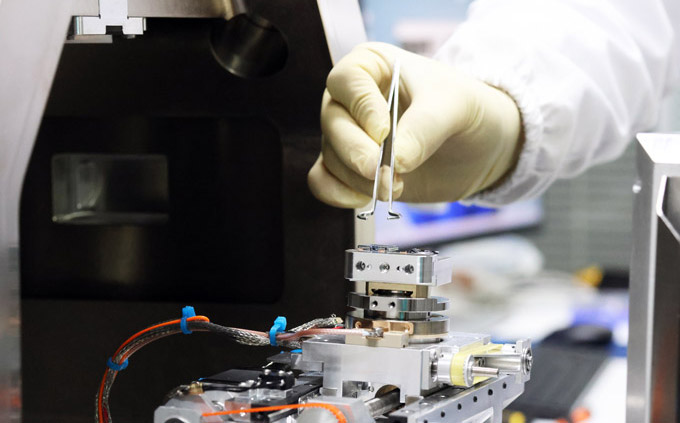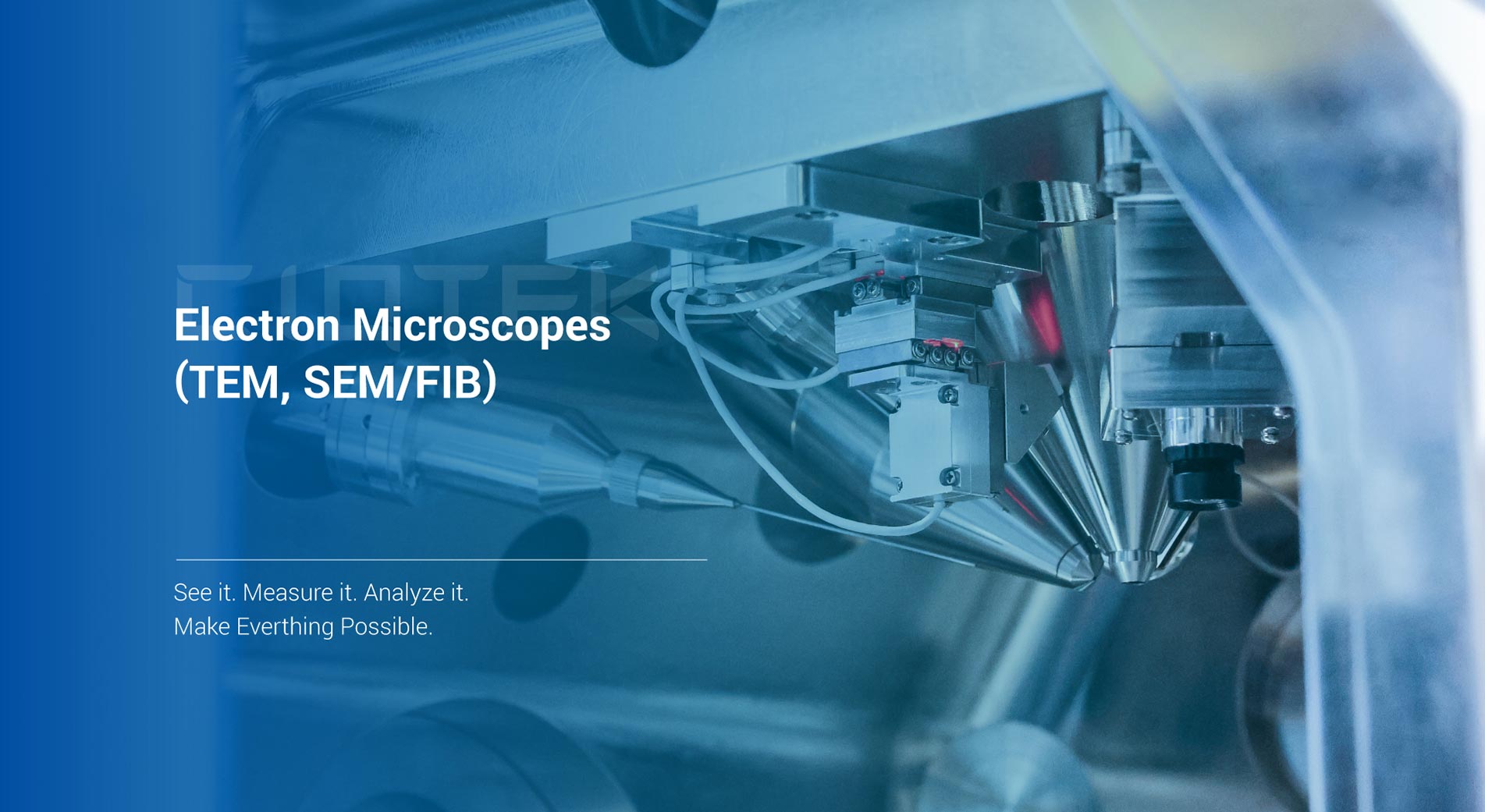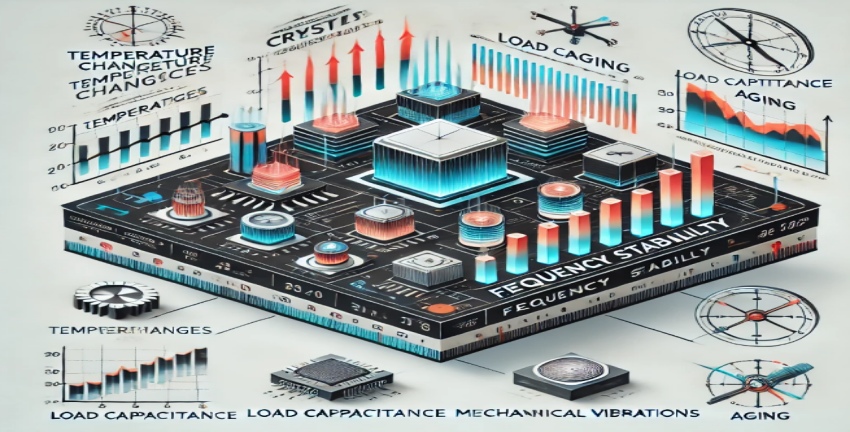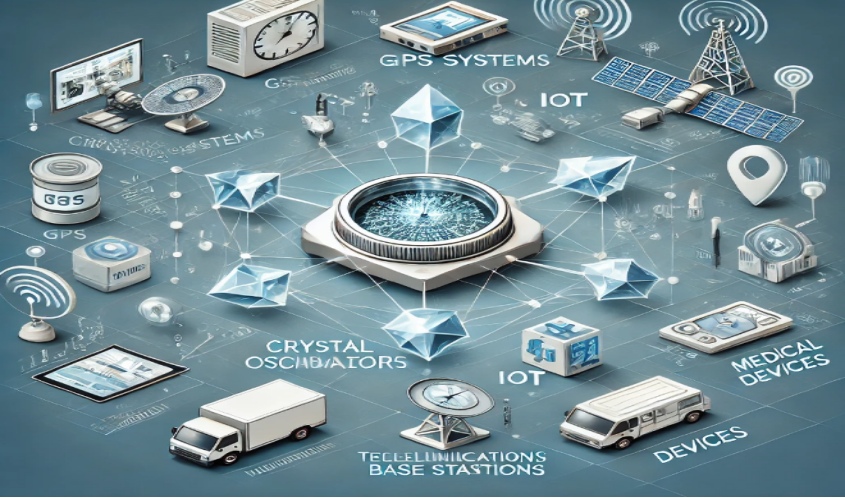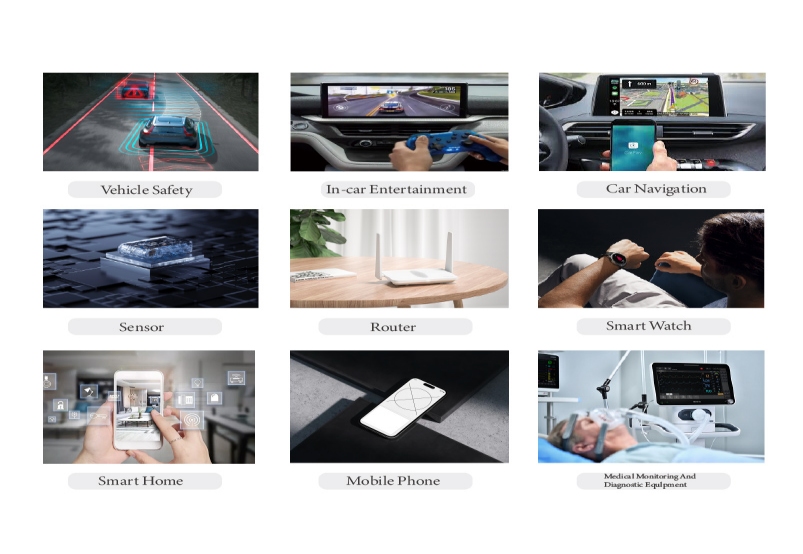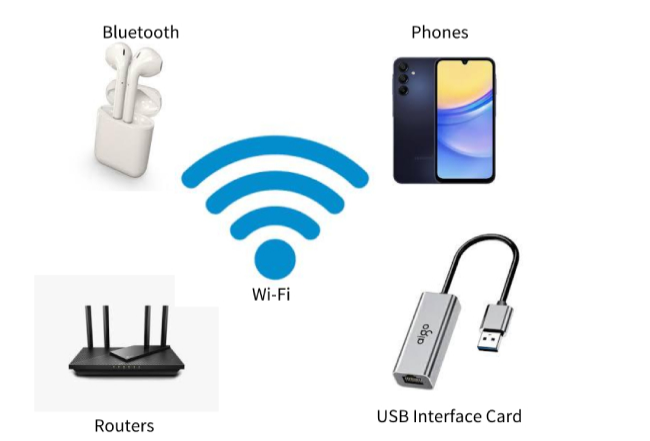Preventing button battery swallowing Keeping your children safe
Whether you're decking the halls or buying gifts for the holidays, your preparations may involve something with a button battery. Button batteries (or disc batteries) are widely used to power a variety of everyday items around the home, such as watches, clocks, small remote controls, electronic candles, hearing aids, toys, keychains, musical greeting cards, children's audiobooks, and light-up or musical holiday decorations. These small, yet useful devices are certainly charming to look at, but they also pose a hazard that should not be ignored.
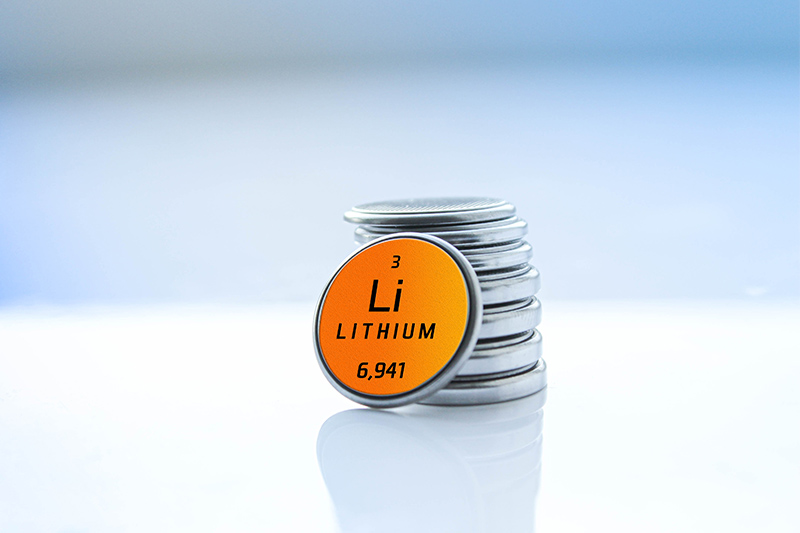
According to statistics from the Battery Ingestion Hotline, more than 3,500 people of all ages in the United States swallow button batteries each year. Although these batteries are small and usually not easy to notice, once swallowed, they can cause serious health problems, especially in children, where the consequences can be serious and even life-threatening.
Risks of swallowing button batteries
Once a child swallows a button battery, the battery releases electrical current and chemicals in the body, which can cause several serious consequences:
• Burns and corrosion: The alkaline substances in the battery can cause severe burns to the digestive tract, causing damage to the esophagus and stomach, and even possible perforation.
• Poisoning: Heavy metals inside the battery, such as mercury and cadmium, may enter the bloodstream and cause a poisoning reaction.
• Choking: If the battery gets stuck in the airway, it may cause difficulty breathing or choking.
• Organ damage: If the battery stays in the body for too long, it may cause organ damage or serious infection.
According to research, serious consequences can occur quickly within hours if a button battery is swallowed without prompt medical attention. Therefore, once an accidental swallowing occurs, parents need to react quickly and send the child to the doctor in time.
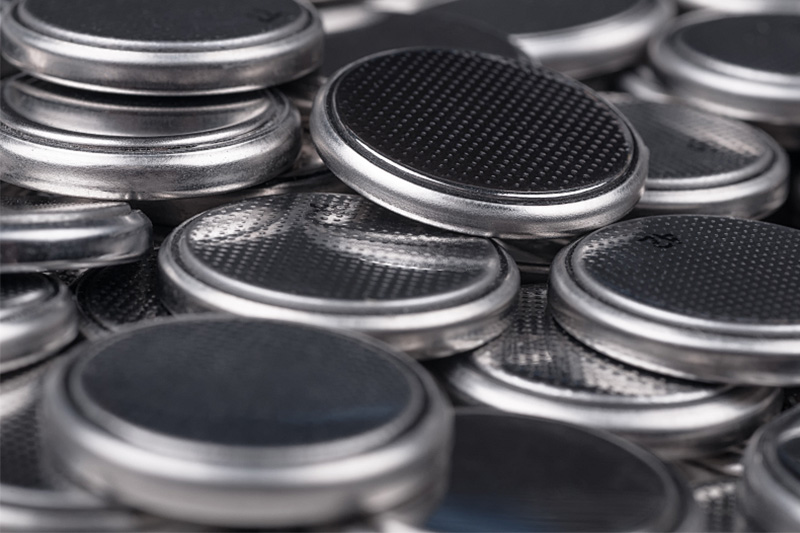
What should I do if my child swallows a button battery?
Since there is no way to know if the battery will penetrate or get stuck, it is important to seek medical help immediately.
• Call the emergency center for emergency medical assistance and try to remember the time when the battery was swallowed.
• Do not let your child eat or drink water to avoid food or liquids aggravating the injury. If your child swallows a button battery, do not let them vomit. This will make the reaction more severe.
• Do not use nose drops or ear drops to move the battery unless instructed by a medical professional.
• If the battery is still in the esophagus, an X-ray may be needed to locate it and dispose of it promptly.
How to prevent button batteries from being swallowed accidentally?
• Keep away from children: First, parents should store items containing button batteries out of reach of children. For example, place remote controls, electric toys, electronic devices, etc. in high places or lock them up.
• Choose products with safe designs: When buying children's toys and electronic devices, give priority to products with safer battery compartment designs. Some products have battery compartments with anti-tampering designs that require tools to open, which can effectively prevent children from contacting batteries.
• Check household items regularly: Parents should regularly check battery-powered devices at home to ensure that the battery cover is completely closed and undamaged. If the battery cover is loose or damaged, it should be repaired immediately.
• Educate children: As children grow up, they can be properly educated on safety to let them understand the dangers of button batteries and avoid putting them in their mouths.
• Dispose of batteries in a timely manner: If there are old button batteries at home, they should be properly discarded to avoid children's contact. For damaged batteries, parents should dispose of them in a timely manner to prevent children from swallowing them by mistake after picking them up.
